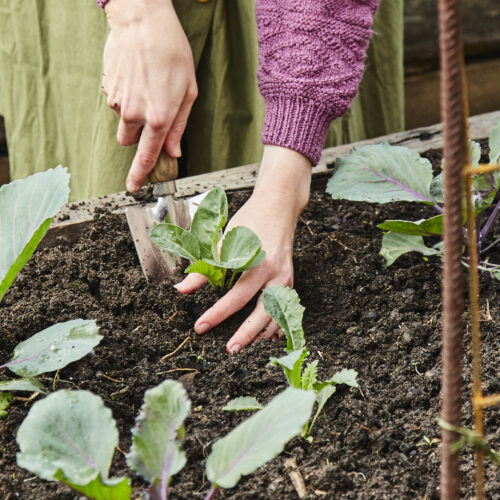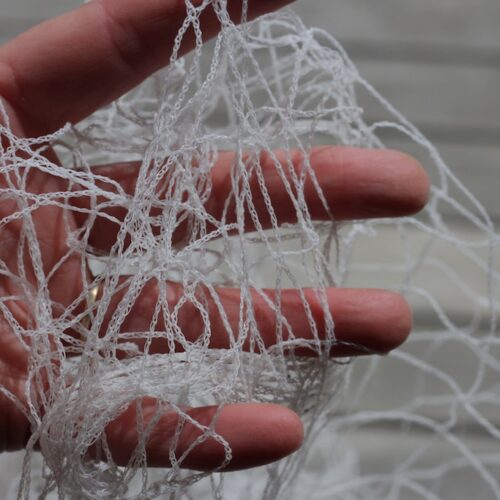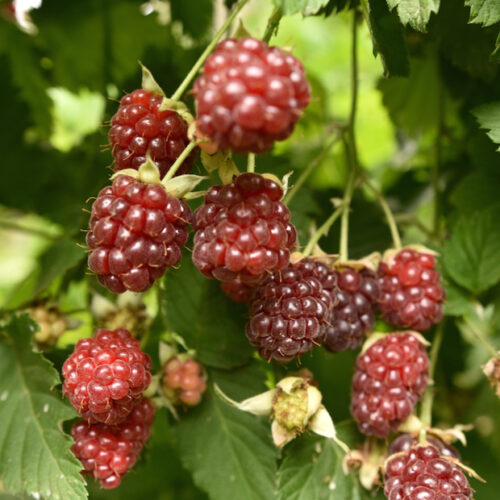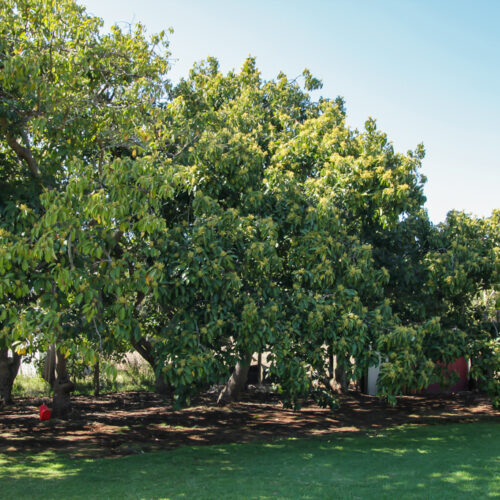A few favourite weeds
2017-05-14T02:00:44+10:00
Penny Woodward shares the hidden benefits of some of her favourite garden weeds.
With good rainfall in many regions, and some continued warm(ish) and sunny days, weeds are sprouting far and wide. Newly sprouted young weeds are always the tastiest. But of course not all weeds are edible. In fact some are poisonous, but there are a number that not only taste good but also are full of useful vitamins and minerals. Others can be used as remedies for simple complaints such as colds, cuts or stings. Most also have a fascinating history. Here are five worth considering.
- One of the most useful weeds found in Australian gardens or nearby wastelands is the common stinging nettle, Urtica dioica. Before you recoil in horror, I’m not suggesting anyone use it in the way the Romans did: when they first came to England they were advised to flog themselves with nettles to get their circulation moving on cold English mornings. Life must have been considerably harder then. Flogging with nettles or ‘urtication’ is still sometimes recommended as a treatment for arthritis or rheumatism. At the very least nettles should be pulled out (wearing gloves) and added to the compost as they add minerals and speed the composting process. Drying or cooking de-activates the sting but if you do get stung, rub the affected part with a broken nettle stem to stop the pain. Nettles contain vitamins A, B and C as well as iron, silica and potassium; dried plants make a nutritious addition to stock and poultry food. The leaves have been used for centuries as a nourishing tonic, taken in the form of a tea, and young leaves are delicious cooked as a vegetable. Harvest them carefully and simmer gently in a shallow pan for 10 minutes with a little butter, turning regularly. Add salt and pepper before serving with meat or other vegetables. Or add them to spinach in a pie or spanakopita.
- Fat hen or lamb’s quarters, Chenopodium album, is another weed that can be cooked as a nutritious green vegetable. It is commonly found growing near manure heaps and has a spinach-like flavour. Young leaves can be cooked in the same way as spinach or added raw to salads. Leaves contain vitamins A and C, calcium and iron. If you decide to sample this plant you’ll be in interesting company. Napoleon ate bread made from the seeds, as did some American Indians. Fat hen plants were found in the stomach of a man, from about AD 300, who was dug from a Danish peat bog.
- Purslane, Portulaca oleracea, is a problem weed in many gardens, but is rich in iron and vitamin C. So instead of cursing it, add the crunchy, cooling leaves to salads where they combine beautifully with hot salad herbs such as rocket and mustard greens. The leaves can also be pickled, cooked as a vegetable or added to soups. It is possible to buy seed of a cultivated form with golden leaves and more upright habit, which can be used in the same way.
- Dandelion, Taraxacum officinale, contains vitamins A, B, C and D as well as zinc, potassium, phosphorous, manganese, magnesium, iron and calcium. Harvest leaves from young plants any time of the year and add them to salads. If you have only old leaves, which can be too bitter to use, then remove them all and harvest new growth as it appears. The French name for dandelion, ‘Piss-en-lit’, roughly translates as ‘wet the bed’ indicating its medicinal use as a diuretic, but eaten as a regular addition to salads it does no more than enhance the diet. The flowers are also used in salads and to make wine. The roots are harvested in autumn and roasted to make a caffeine-free coffee substitute. Dandelion can be confused with other similar-looking weeds but is easily distinguished once in flower because of the hollow flower stem.
- Cleavers, Galium aparine, is also known as goosegrass and sticky willy. It is a vigorous, sticky, trailing plant that twines through bushes and quickly covers large areas. Cleavers was used in the past to make a soup ‘to cause lanknesse and keepe them from fatnes’ and generally as a cleansing tonic. Once the sticky pods appear, the whole plant is too tough to eat but tender shoots and new leaves can be eaten as a vegetable sweated like spinach, or can be added to soups. My chooks love this weed.






